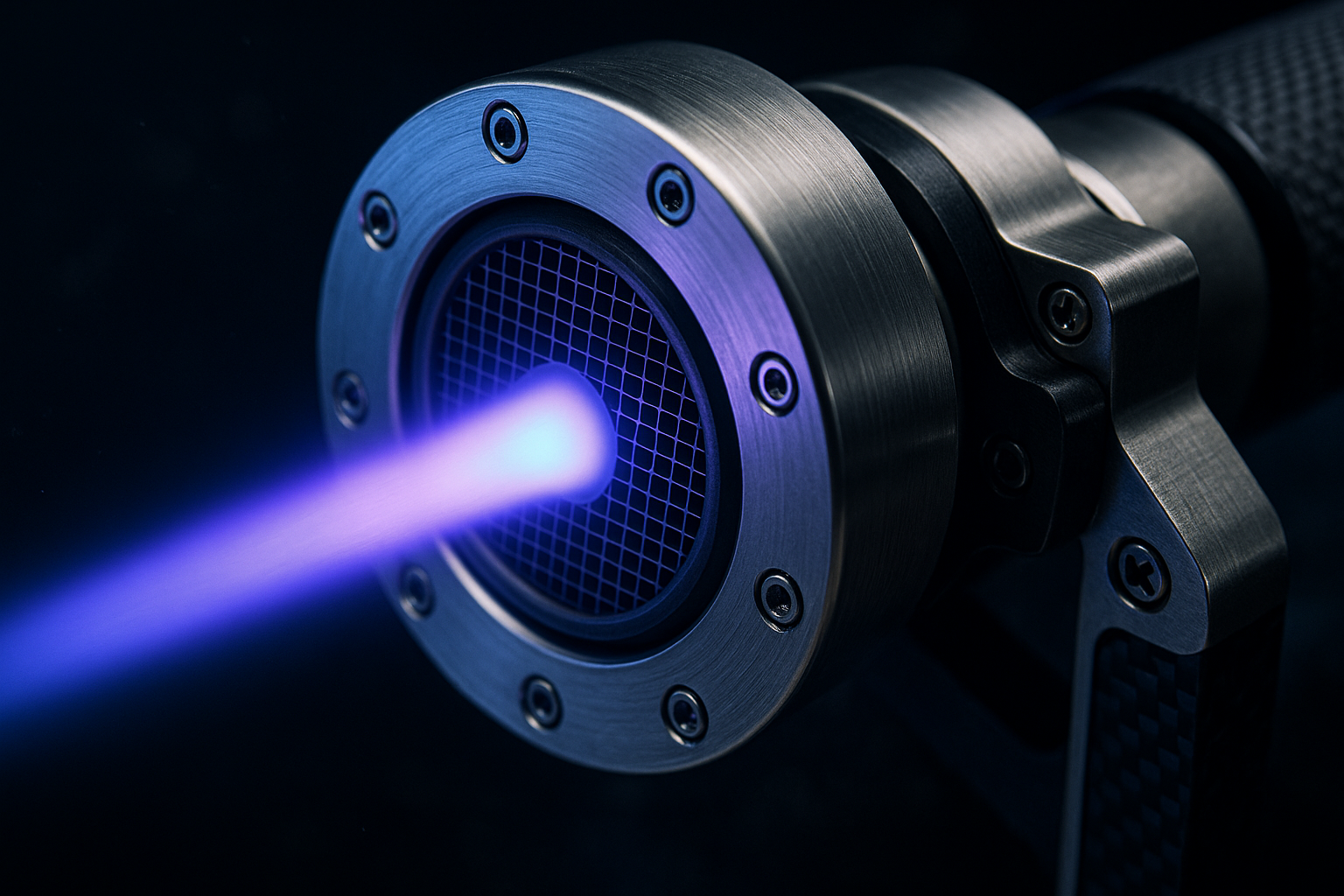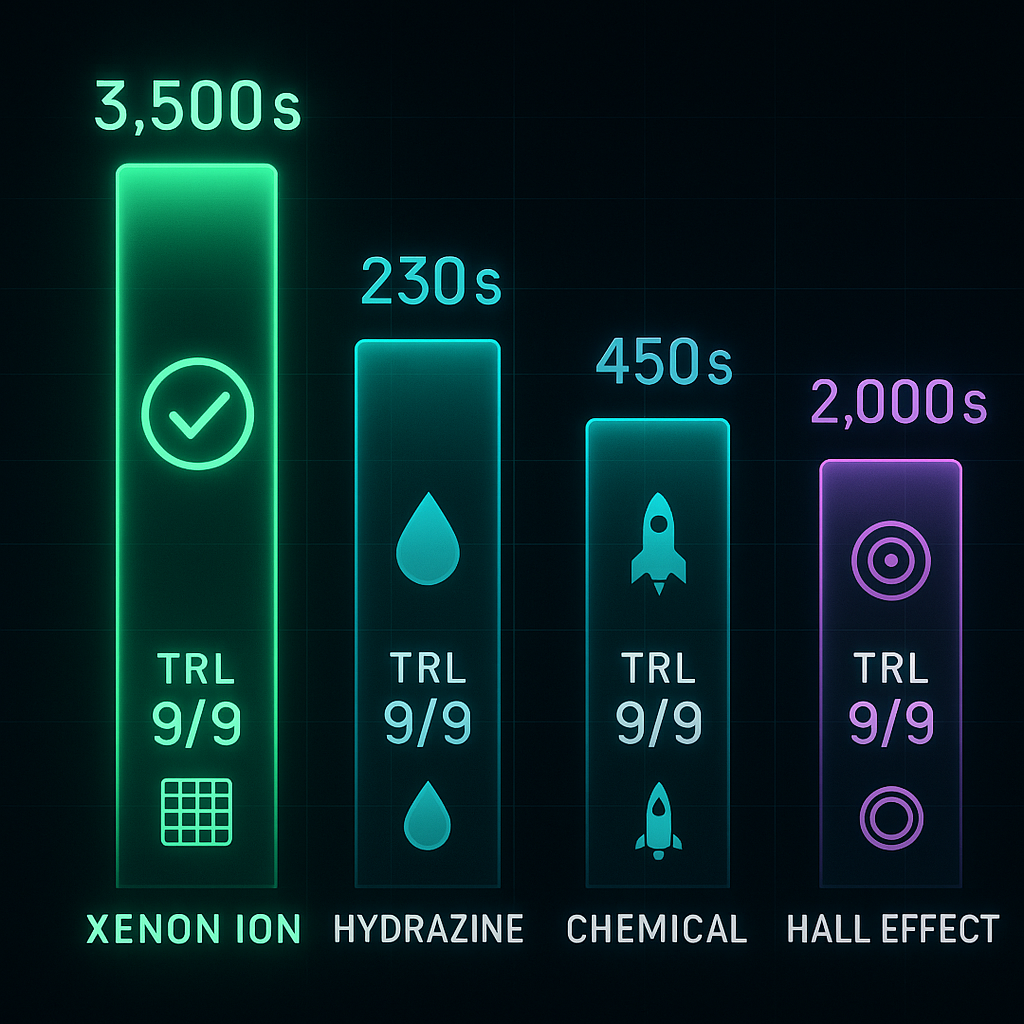Optimal Propellant
Quantum-validated selection
Specific Impulse
Highest performance achieved
Optimization Score
Out of 200 (97.4% optimal)
Technology Readiness
Flight-proven (Dawn, Hayabusa)
Quantum Computing Execution
IBM Torino quantum computer independently validated propellant selection
⚛️ 4-Qubit Quantum Circuit Architecture
Quantum Gates Used:
Hadamard (H): Superposition layer
CNOT: Entanglement creation
RY(θ): Score-weighted rotations
Measurement: Quantum state collapse
Quantum Measurement Results
Probability distribution from 10,000 shots on IBM Torino
Top 10 Quantum States
Xenon Ion Propulsion System
Quantum-validated optimal configuration for initial propulsion phase

✅ Xenon Ion - Flight-Proven Technology
Flight Heritage:
✅ Deep Space 1 (1998-2001) - NSTAR ion engine
✅ Dawn (2007-2018) - Record 11 km/s delta-V
✅ Hayabusa (2003-2010) - First asteroid sample return
✅ Hayabusa2 (2014-2020) - Successful sample return
Mission Sequence
How Xenon Ion propulsion fits into the Warpeed mission profile
Phase 1: Launch to LEO
Falcon 9 delivers lightsail + Xenon Ion module to 400 km orbit
T+0 to T+1 hour
Phase 2: Xenon Ion Burn ⚡
Quantum-Optimized Phase
50-minute burn delivers 4.015 km/s delta-V
Initial mass: 10.55g → Final mass: 9.39g
T+2 hours
Phase 3: Coast to Apogee
Elliptical trajectory to 100,000 km
Ion module separation, lightsail deployment prep
Phase 4: Laser Acceleration
500 GW ground-based laser array
32 m² lightsail deployed
Acceleration to 0.50c (~10 minutes)
Destination: α Centauri (8.74 years)
Hybrid GPU-Quantum Methodology
Two-phase optimization approach with independent validation
Phase 1: GPU Screening
Classical optimization on local CPU
• 0.11s execution time
• 9M evaluations/second
• Result: Xenon Ion (194.72/200)
Phase 2: Quantum Optimization
IBM Torino quantum computer
• 4s quantum execution
• 4 qubits superposition
• Result: Xenon Ion (194.72/200)

Xenon Ion achieves superior Isp (3,500s) with TRL 9/9 flight-proven technology
✅ 100% Concordance Between GPU and Quantum Computer
Independent validation through fundamentally different computational paradigms
Explore the Complete Research
Download full scientific report with quantum circuit details, validation data, and mission integration
📄 Download Full Report